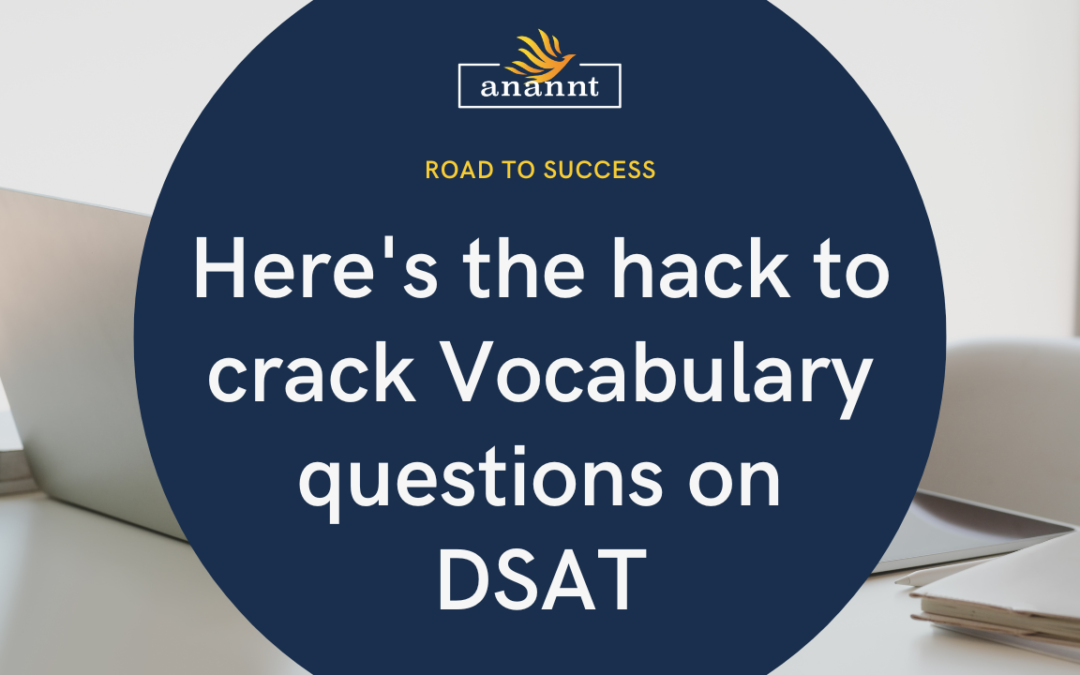Cracking DSAT Vocabulary: It’s Not About Memorization
The DSAT doesn’t expect you to be a walking dictionary. Instead, this critical component of digital SAT vocab prep 2024 focuses on understanding how words function within the passages you read. You’ll encounter vocabulary questions right at the start of the Reading and Writing section, and they focus on the Craft and Structure domain. These questions typically make up about 25-30% of the test’s Reading and Writing section.
Here’s how to boost your confidence with these questions:
- Become a Context Sleuth: Focus on how the word is used in the sentence or paragraph. Can you rephrase the sentence using simpler words to help pinpoint the unknown word’s meaning?
- Word Structure Power: Get familiar with common prefixes, suffixes, and root words. These can offer valuable hints. For example, the prefix “sub-” usually means “below” (think submarine, substandard). Understanding these elements is crucial for Digital SAT Vocab prep 2024 aspirants aiming for high scores.
- Read to Expand: The best way to grow your vocabulary is to read widely! Explore different genres – news articles, science journals, classic literature. When you encounter a new word, look it up and jot it down for future reference.
- Practice Smart, Eliminate, Paraphrase, & Build Your List: Use DSAT practice materials to see how vocabulary is tested in context. Analyze answer choices – can you confidently eliminate any obviously wrong options? Try rephrasing the sentence with a potential answer choice to see if it makes sense. As you do this, keep a running list of words you need to look up and study further.
- Maintain a Dedicated Vocabulary List: Create a personalized list of words you encounter during practice and mock tests. Include definitions, synonyms, example sentences, and any helpful notes. Refer to this regularly for focused revision.
Vocabulary List Example Categories: To make your list even more effective, you can organize it like this:
- Word: The term you encountered.
- Definition: A clear, concise definition.
- Synonyms: Words with similar meanings.
- Example Sentence: How the word is used in context (you can use the sentence from the mock or create your own).
- Notes: Any extra details, like root words or challenging pronunciations.
For Example:

The Bottom Line
The DSAT rewards a strong understanding of how language works. By developing your context-reading skills, building your word knowledge base consistently, practicing strategically, and maintaining a vocabulary list, you’ll be ready to tackle those vocabulary questions with confidence!
Seems a daunting task? Ease your journey with Anannt Education and feel free to connect us directly via WhatsApp for any queries or further information.
